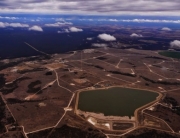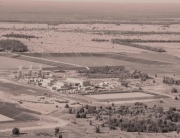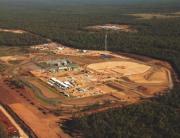Problems with ‘Make good’ agreements
CSG Industry has been touting that that there are only 85 CSG affected bores. However, the Underground Water Impact Management report predicted declining water levels in a further 528 bores in long term. This number may change as the report is not definite, but will be revised every three years as more data becomes available and the model is refined. There is no make-good entitlement for these bores at this stage (as at May 2014). Therefore landholders are experiencing market value damage associated with having a bore predicted to be impacted now, but have to wait until they can prove a bore is affected or until they are ‘modelled’ as being affected. BSA also has concerns about the collection of data and the flaws in the current QWC modelling.
Currently the Government is only monitoring changes in water levels, not quality changes. So if groundwater is contaminated landholders have little recourse.
There is a perception that all the 85 long term affected bores have negotiated a sweet “make good” deal for water or cash to replace their water loss. This is not true. We understand that fewer than 20 make-good agreements have been negotiated at this point in time (as at May 2014). We understand that negotiations with the companies, and the entire process, is not straightforward, and potentially involves a lengthy process for landholders to prove that water loss was caused by CSG activity. When many people do not have adequate baseline data, this is not a simple task. This means landowners could be dealing with the cost and stress of carting water for livestock, or watch a crop miss its critical watering while awaiting a decision.
The truth is there are many unknowns when it comes to the make-good regime let alone the possibility of contamination which is a fertile ground for litigation in America . Even if you have a ‘deal’, BSA has serious concerns about where this make-good water will actually come from.



